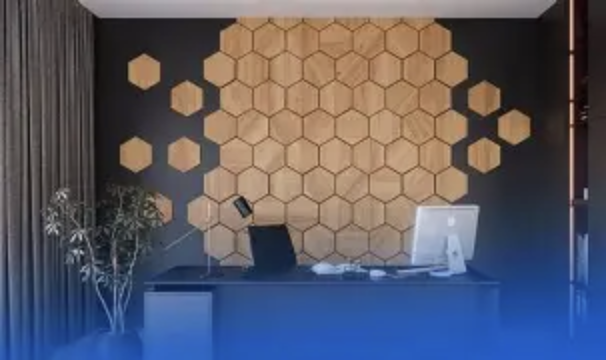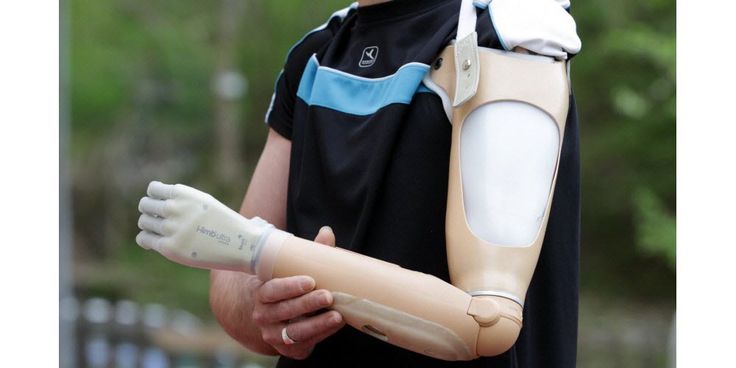Tech Aesthetics: Why Future Design Is Cold
The concept of "cold sense" in future design does not imply a lack of warmth; instead, it represents a thoughtful expression of elegance stemming from the convergence of technology and human aspirations. For those discerning consumers who seek deeper meaning in luxurious items, this style conveys elements of control, unity, and a subtle assurance that goes beyond temporary fads.
Functional Minimalism: Less Noise, More Intent
The design of coldfeel eliminates unnecessary embellishments to celebrate the beauty of practicality. High-end technological devices now feature unified metallic structures with haptic responses taking the place of traditional buttons, while smart home displays utilize monochromatic screens that fade to an almost invisible state when not in use. This approach is not about being simplistic; it is a conscious choice to avoid distractions from the primary function of technology, allowing precision to convey luxury.

In distinction from warmth, cold colors are inspired by nature's most tranquil features—icy blues, rocky grays, and misty whites. Upscale furniture collections blend these tones with eco-friendly materials such as reclaimed marble and carbon-fiber wood, generating environments reminiscent of mountain hideaways or seaside cliffs. This method invites the serenity of the outdoors inside, even in the presence of high-tech gadgets.
Emotional Detachment as Luxury
Amid a world filled with stimuli, coldfeel design provides a space for emotional relief. Affluent consumers look for items that do not demand their focus but instead offer serenity—consider soundbars dressed in matte ceramic that meld with their surroundings or wearables with simplistic interfaces that convey only crucial information. This sense of distance is not indifference; rather, it prioritizes mental clarity, an understated luxury that surpasses superficiality.

Sophisticated technology inherently aligns with the coldfeel aesthetic. Quantum processors emit a gentle blue glow, OLED displays produce deep blacks that appear almost tactile, and 3D-printed metals feature a smooth, cool surface. Premium brands such as Bang & Olufsen and Apple embrace this, transforming the innate characteristics of technology into design cues that signify advanced status.
Timelessness Over Trend
Warmth and bold styles may fade; however, coldfeel remains persistent. Wealthy individuals are inclined to purchase items that will not become outdated within ten years—such as a stainless steel smart mirror or a concrete-and-glass smart speaker. This enduring quality is deliberate: cold hues sidestep seasonal trends, allowing them to serve as long-lasting luxuries that maintain both aesthetic and fiscal value.

Cultural Shift Toward Understatement
The modern luxury emphasizes subtlety. The contemporary elite eschew logos and extravagance, opting for “stealth wealth” that is encapsulated in coldfeel design. A Tesla’s smooth, color-neutral surface or a Bulthaup kitchen’s uninterrupted surfaces convey wealth without ostentation, resonating with a societal inclination towards authenticity over display.
Coldfeel design represents more than just an appearance; it embodies a philosophy. For those attuned to it, it reflects a perfect blend of the accuracy of technology and the human yearning for tranquility, presenting a forward-thinking aesthetic that appears both progressive and intimately personal. In a turbulent world, coldness has become the new standard of luxury.
(Writer:Haicy)





